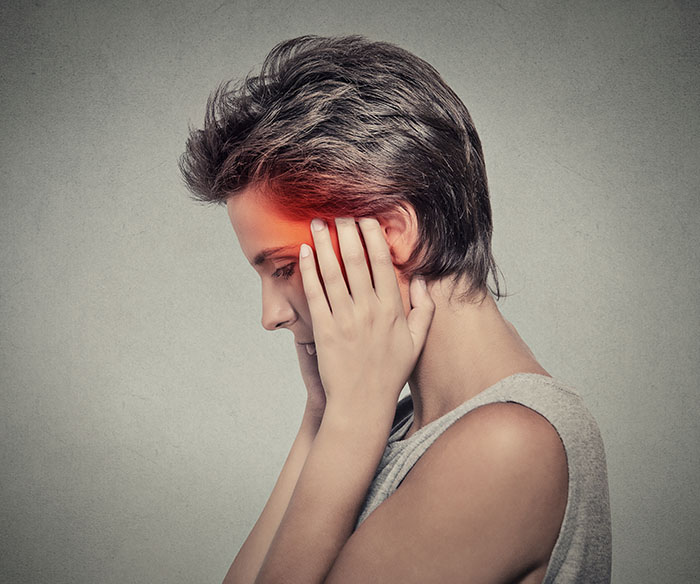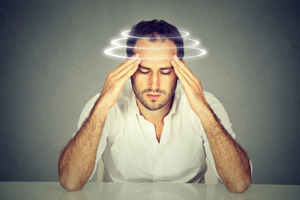Dizziness or vertigo can be an incredibly debilitating condition. Our Physiotherapists at Capital Clinic Physiotherapy have undergone special training in the assessment and management of dizziness.
Dizziness (also known as vertigo) is described as a ‘world-spinning’ unsteadiness like that of being on a small boat in rough seas. There are many potential causes of vertigo, yet most often the source of the problem is related to the vestibular system (inner ear). In 20-40% of cases of vertigo, the underlying cause is benign paroxysmal positional vertigo (BPPV) which becomes more common as people get older.
Our physiotherapists at Capital Clinic Physiotherapy have undergone advanced training in the assessment and management of dizziness.



